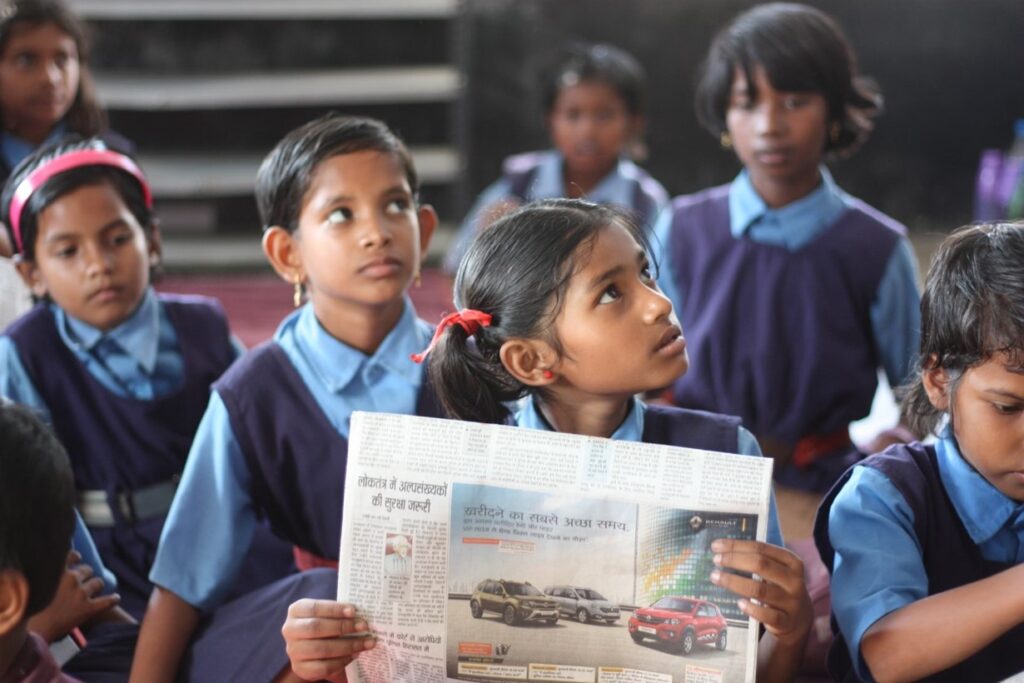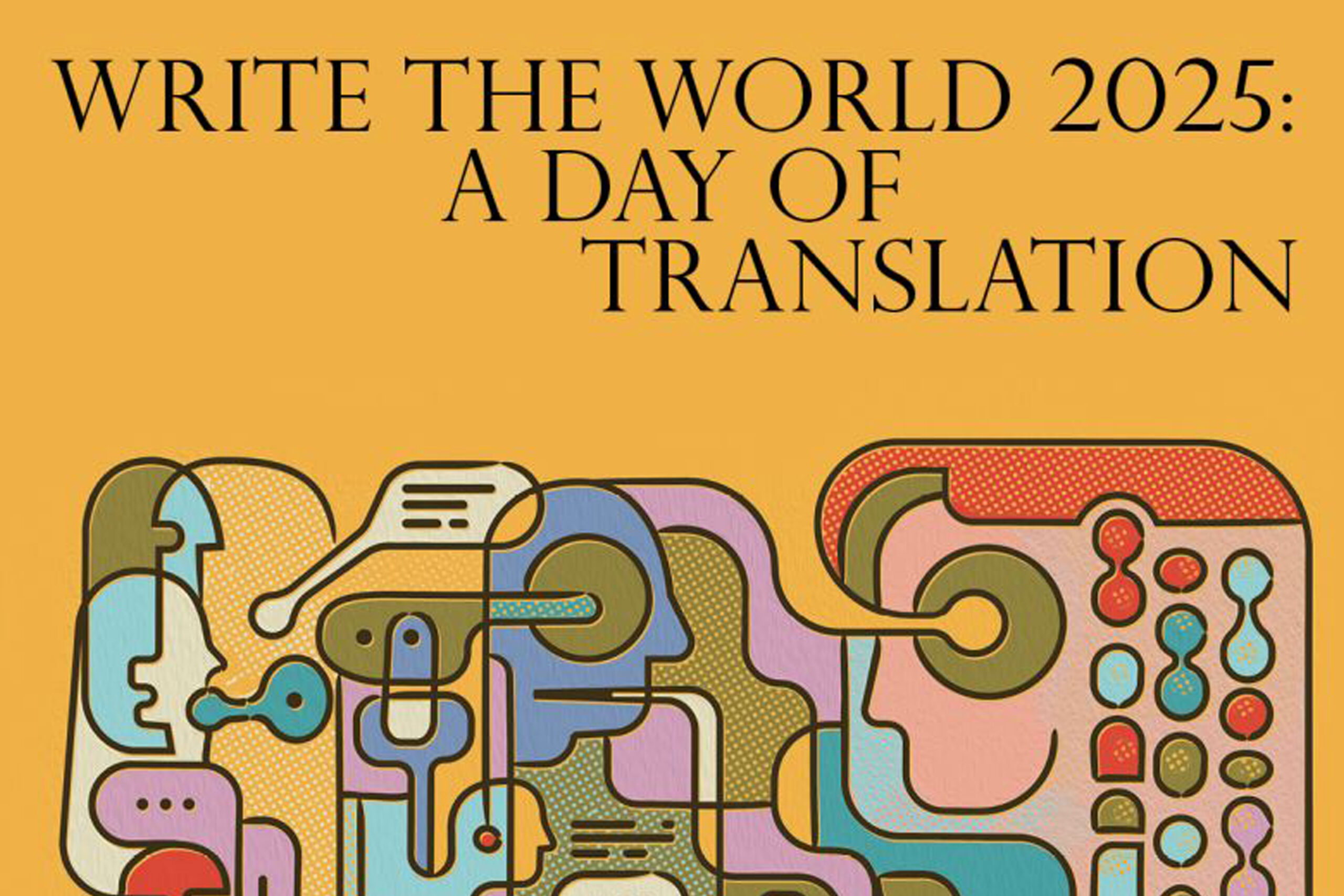In this blog post, Rajashri Kamat, a fourth-year undergraduate law student from Mumbai in India, discusses the digital divide in India and in other regions in the Global South.

Unified Payment Interface (UPI) is an Indian smartphone technology, which allows individuals to make payments digitally within seconds. It is something that would have been inconceivable in the early 2000s. As worldwide mobile use rises, technologies such as UPI are now helping to drive financial inclusivity. Back in 2000, only 2 – 4 per cent people in lower-and middle-class homes in the Global South had personal phones which by 2015 had skyrocketed to 94%. But does this increase in mobile technology use indicate a significant economic and technological advancement for all people and all regions in the Global South? And how are people who do not have access to the bare necessities supposed to access the internet and all its services?
According to an Indian government survey, conducted in 2021-2022, only a third (34 per cent) of the 148, 9115 schools have internet access and half do not even have access to a functional computer. Even though internet access has improved since then, connectivity (e.g. high-speed broadband) and access to basic infrastructure is not increasing fast enough to keep up with technological advancements. Big tech giants, such as Huawei, Xiaomi, Meta and Google, are emerging in countries like China and India with the widespread use of Western technology such as social media applications. However, these technologies can isolate the more marginalised members of society. After the COVID19 pandemic, this digital black hole has only widened due to the rise of digitisation.
Trials of access: COVID19 widens the Internet Divide
According to a UNESCO report from 2019, there was already a significantly wide digital gap between developed and developing countries before Covid, a situation which was only exacerbated during the pandemic. Developed nations had an internet connectivity of 87% compared to fewer than half (47%) in developing nations. For the least developed nations, it was as low as 19% or just 1 in 5 individuals. The COVID19 pandemic forced several industries to shift gears and transform their in-person workspaces into online ones, and schools held their classes online.
Many studies have revealed that there was an increase in internet access in the Global South after 2021. However, two years after the pandemic a third of the world population (approximately 2.7 billion people) still does not have access. There is also not much data available on how these numbers are broken down, that is, what proportion is attributable to remote and rural areas.
404 Connection Not Found: Lessons on the Urban-Rural Divide
While the advancements in ICT have transformed the health, communication, and business sectors of cities in countries in the Global South, there is still an increasing digital divide between urban and rural areas. Surveys reveal only 24% of rural Indian households have access to the internet, compared to the 66% in cities. A recent study in Pakistan during the pandemic found that many college students who lived in more isolated towns and rural villages could not access virtual learning systems during Covid. This caused many students to drop out of college. In rural parts of Sub-Saharan Africa, people are even more digitally isolated. Reliability due to inadequate infrastructure, low digital literacy and limited content in native languages can also be a significant barrier in some countries. Income levels also shut off many from accessing internet services, either for household, entertainment, or educational purposes.
Education also plays a crucial role in whether an individual owns a computer for Internet use. A 2011 survey conducted in three South Asian countries; Bangladesh, Nepal and Sri Lanka, shows that the pattern of digital divide in rural areas is closely related to education (rather than income levels or other factors). Although this survey is 14 years old, it does indicate that where internet access is provided in rural areas, computer usage is relatively higher in comparison to national averages.
Unaffordable gadgets and widening data divide
Another aspect of the digital divide is the lack of access to hardware. Even in areas with internet access, a significant number of people in developing countries do not have access to affordable and dependable digital gadgets (e.g. smartphones, tablets, or computers). The expense of buying these gadgets might be too high, especially for families on low incomes. While smartphone ownership is on the rise in emerging economies, in India and Tanzania in 2018, fewer than one-quarter reported owning smartphones. In India, the cost of smartphones prices has gone up since the pandemic because of rising component costs, and supply chain disruptions.
Mobile phone use is mandatory for many services in India. According to a recent news story from India (September, 2024), a tribal man was so desperate he pawned his wife’s jewellery to buy a mobile phone. He did this to receive a OTP (One Time Password) which was required to link his Aadhaar card (a social security number) to the Subhadra Yojana scheme (a welfare scheme for women particularly in rural areas). This highlights the struggle faced by people living in economically and digitally weaker zones who lack access to mobile phones which have, in recent years in India, become an essential tool for government verification processes. Many express frustration at the digitally complicated arrangements required to use Aadhaar, and banking. A video of him tearfully recounting his situation has gone viral. According to 2021 World Development Report: Data for Better Lives, there are still enormous challenges for those with phones to access data, particularly for poor and marginalised groups.
Women and The Digital Divide
In some regions of the Global South, women already lack access to traditional forms of education, so this digital divide can only work to further exacerbate their situation. There are major gaps in digital access for teenage girls and young women, especially for those living in low-income nations. A recent UNICEF report (2023) shows 90 per cent of adolescent girls and young women aged 15-24 are offline, compared to 78 percent of adolescent boys and young men of the same age. Adolescent girls and young women also had a significantly lower prevalence of digital skills than boys and young men (of the same age) and a lower probability of owning personal cell phones, which again restricts their access to the digital world. This gap is particularly noticeable in South Asia and impacts education and job prospects, prompting the need for policy changes to promote equal access to digital resources.
Towards a Worthy Catharsis
To argue against technological advancements is obviously absurd. Technology is meant to be a great equaliser. But we need urgent measures to tackle the lack of digital accessibility in these countries. Some of the big tech companies in the Global South, particularly Indian and Chinese companies, have been instrumental in creating wireless or touch free technology (Xiaomi, Infosys, Reliance Jio), and they could play a crucial role by investing in isolated regions, thereby contributing to social and economic improvements in the country’s conditions. India plans to export UPI technology to other Global South countries and an urgent call to fund the improvement of infrastructure in such countries is needed.
For a brighter and a stronger Global South, countries cannot simply be left behind due to lack of infrastructure, especially considering that many of these countries, which became impoverished as a consequence of colonisation and imperialism, are now at the forefront of many technological advancements. With it being possible for internet access to be provided to all, it is important for countries in the Global South to work towards eliminating internet inaccessibility.
The views and opinions expressed in this blog post are solely those of the blog post author. These views and opinions do not necessarily represent those of Global Souths Hub and/or any/all contributors to this site.
About Rajashri Kamat
Rajashri Kamat is a fourth-year law student from Mumbai, India. With a profound interest in international humanitarian law, Rajashri aims to build a career in peacebuilding and conflict resolution on a global scale. The author’s main research interests lie in bridging the gap between the Global South and the various realms of customary international law as well as understanding how imperialism and colonialism of the past and present have destabilised areas of the Global South.




